The presence of supermassive black holes in the earliest epochs of the universe has scientists stumped — but repeated explosions from tiny black holes may offer an explanation.
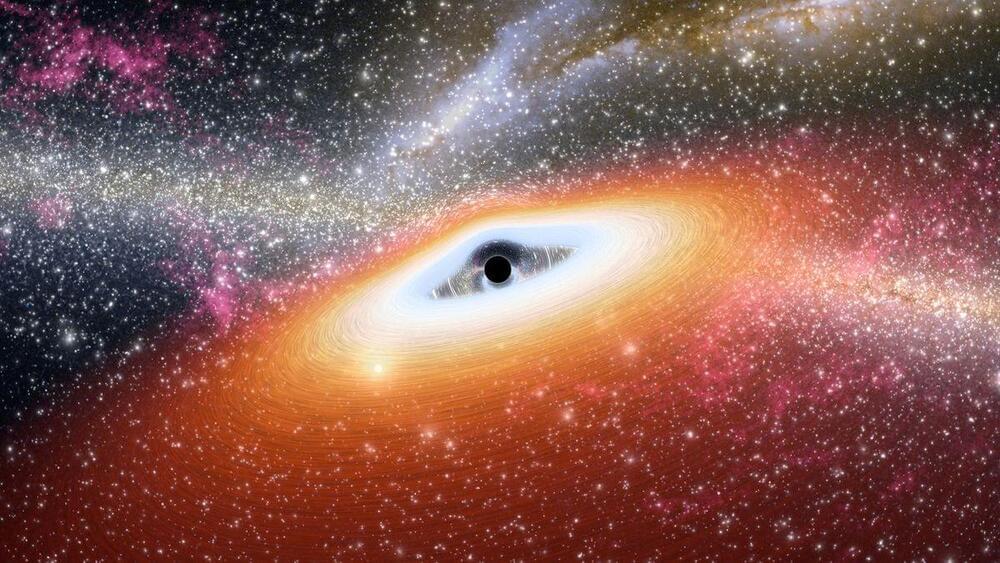

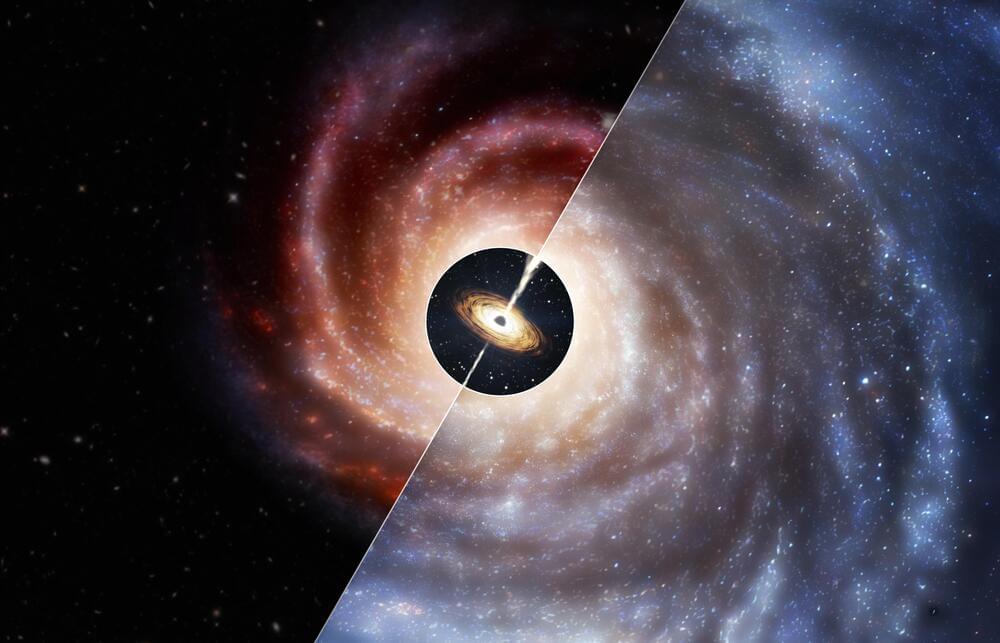
Astronomers are using it to peer back to near “cosmic dawn,” a time when the first stars and galaxies were forming. And JWST is showing that these early galaxies are different than astronomers had anticipated, in a plethora of ways: Some are settling into shapes we didn’t think were possible so early after the Big Bang. Others are unexpectedly large.
And recent research shows that even the black holes in the early universe were odd — they’re way bigger than they should be, relative to the mass of the galaxy around them. Unexpectedly, JWST is spotting mammoth black holes anchoring relatively small galaxies.
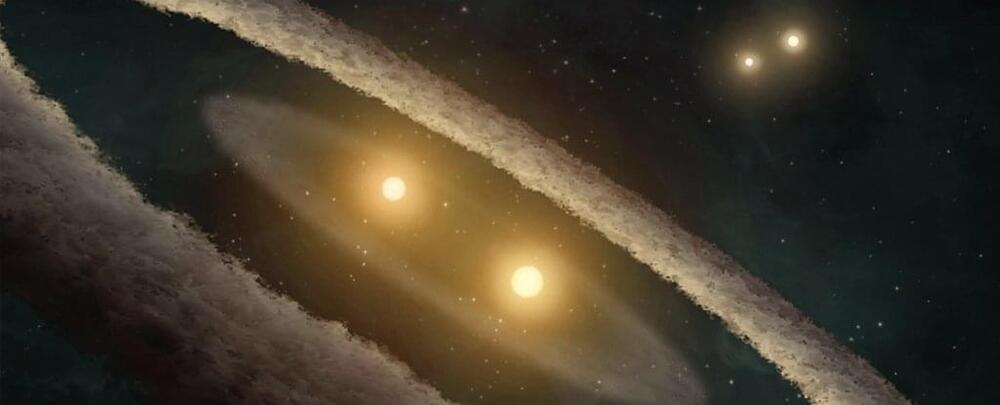
In 1,859, French astronomer and mathematician Urbain Le Verrier detected something strange: Mercury deviated in its dance around the Sun, defying the orderly precession predicted by Newtonian physics.
This odd anomaly couldn’t be explained by unknown planets tugging at Mercury’s orbit; only by physicist Albert Einstein’s 1915 general theory of relativity, which describes how gravity creates curves in the fabric of space-time.
Einstein’s general theory has held strong in the century since, but there are a few things about the Universe his mind-bending model can’t explain. It breaks down in the centers of black holes and at the dawn of the Universe, for example, and doesn’t fit very easily with quantum mechanics, leading some physicists to ponder alternative takes on how gravity works.
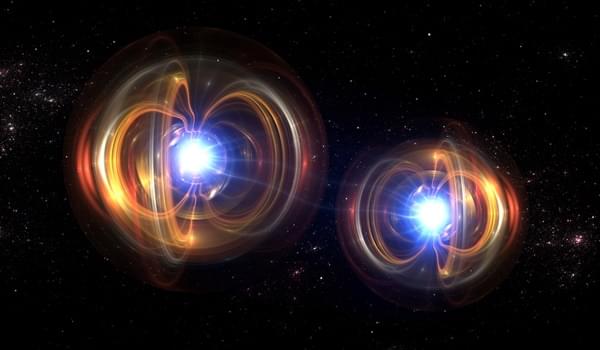
It wasn’t until Albert Einstein that we developed a more sophisticated mathematical understanding of time and space that allowed physicists to probe deeper into the connections between them. In their endeavors, physicists also discovered that seeking the origin of time forces us to confront the origins of the universe itself.
What exactly is time, and how did it come into being? Did the dimension of time exist from the moment of the Big Bang, or did time emerge as the universe evolved? Recent theories about the quantum nature of gravity provide some unique and fantastic answers to these millennia-old questions.
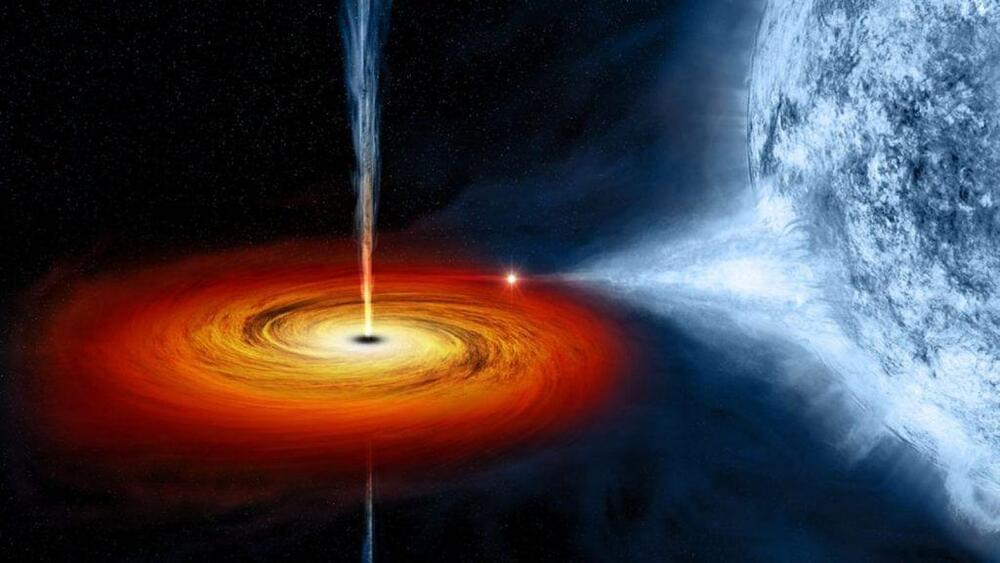
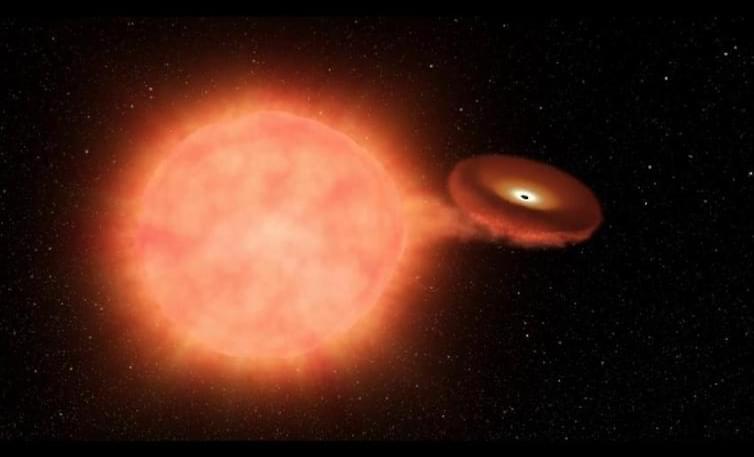
What is the universe made of? This question has driven astronomers for hundreds of years.
For the past quarter of a century, scientists have believed “normal” stuff like atoms and molecules that make up you, me, Earth, and nearly everything we can see only accounts for 5% of the universe. Another 25% is “dark matter”, an unknown substance we can’t see but which we can detect through how it affects normal matter via gravity.
The remaining 70% of the cosmos is made of “dark energy”. Discovered in 1998, this is an unknown form of energy believed to be making the universe expand at an ever-increasing rate.
Intermediate-Mass Black Holes (IMBHs) represent a cosmic puzzle, with their existence and formation mechanisms shrouded in mystery.
A recent study led by Gran Sasso Science Institute researcher Manuel Arca Sedda and published in Monthly Notices of the Royal Astronomical Society journal (MNRAS), sheds light on the mechanisms that lead to the formation of mysterious Intermediate-Mass Black Holes (IMBHs). These are objects with masses between a few hundred and tens of thousands of solar masses, which could represent the link between their smaller relatives, stellar black holes, and the supermassive giants that populate the centers of galaxies.
Indeed, there are different types of black holes: although they share such high densities that even light cannot escape their gravitational pull, the mass of these celestial bodies can vary over a very wide range and discriminate their formation mechanism. We can identify three macro-categories of astronomical interest: stellar, intermediate, and supermassive.
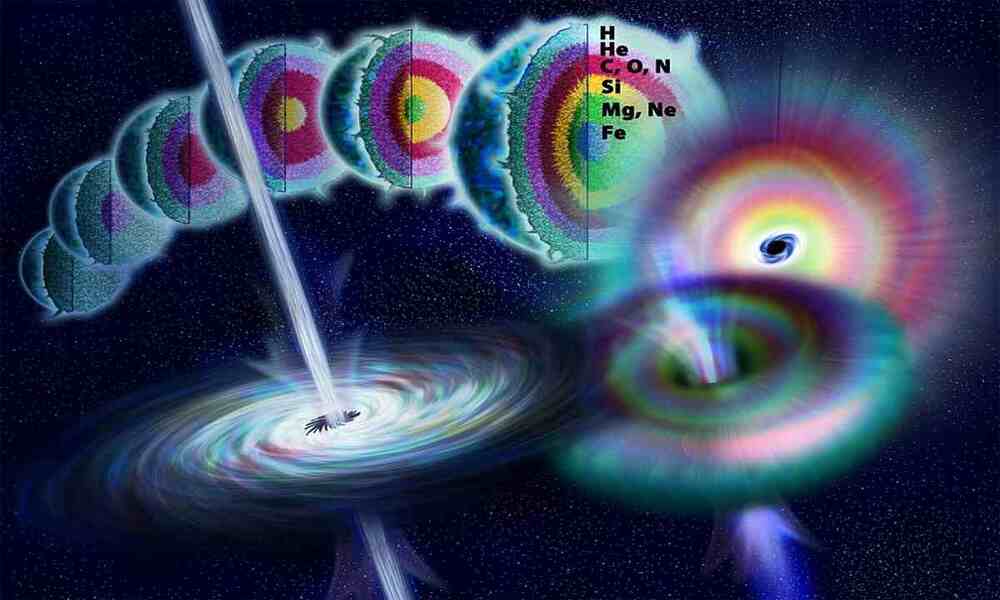
A recent discovery of a Gamma-ray burst (GRB) named GRB 220627A has left astronomers puzzled. GRBs are the most powerful explosions in the universe since the Big Bang, and typically last only seconds to a few minutes. However, GRB 220627A lasted for more than a thousand seconds, or just shy of 17 minutes, and arrived in two powerful bursts from an unknown event 2 billion years into the universe’s existence.
While the source of the burst appears to be ordinary, its length and double-burst nature have left astronomers puzzled. The likeliest explanation is that the GRB is the product of gravitational lensing, which is the warping of distant light sources by extremely massive objects such as galaxies and black holes. This would stretch, distort, and create echoes of the GRB’s signal before it arrived at Earth.
When a massive star runs out of fuel, it collapses before exploding outward in a gigantic supernova, leaving behind an ultra-dense neutron star or a black hole. It is these stellar explosions —and occasionally even collisions between two neutron stars — that produce powerful bursts of gamma rays that can be picked up by space observatories such as NASA’s Fermi Gamma-ray Space Telescope, which detected the new GRB.

Chinese scientists have opened the deepest and largest underground lab in the world.
The newly expanded facility, located around 7,800 feet below the Jinping Mountains, will allow scientists to study dark matter, the mysterious substance that’s believed to account for more than 80 percent of the mass in the universe.
While scientists believe it’s the “glue” that holds the structures of the universe together, we have yet to directly observe it, since it’s thought to be unable to interact with other matter or reflect or absorb light.
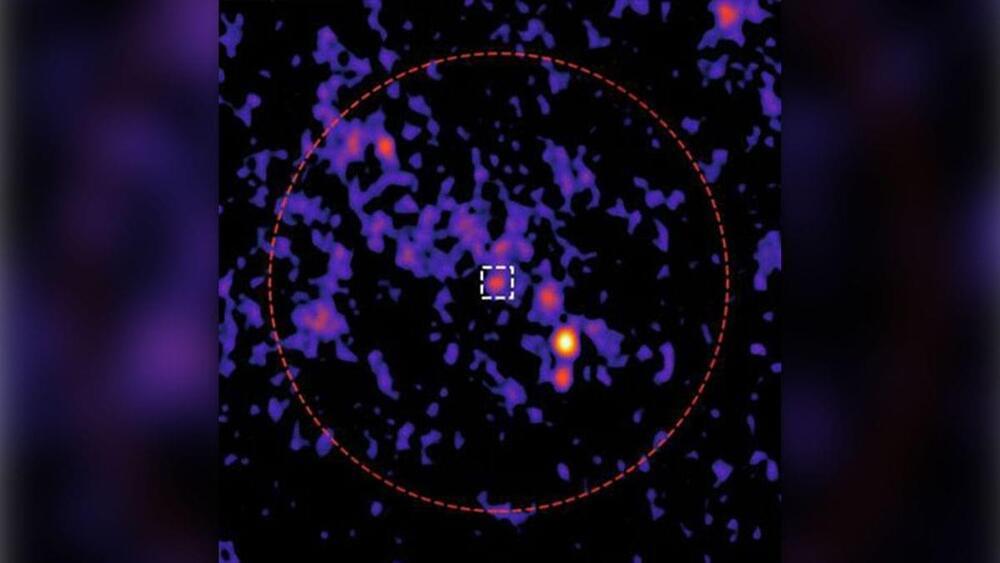
Astronomers have discovered a mysterious radio signal at the heart of an ancient, tightly packed ball of stars, and it may be coming from a long-hidden black hole.
The radio signal was picked up by the Australia Telescope Compact Array (ATCA) radio telescope as it created the most sensitive image of a globular cluster — a clump of ancient stars like these — ever taken. The ball of stars in question, named 47 Tucanae, is the second-brightest globular cluster in the sky over Earth and is located around 13,000 light-years from our planet.